This report highlights the critical impact of federal funding on Mississippi’s economy, as nearly half of the state budget relies on federal revenue. Proposed federal budget cuts could severely affect essential services, including healthcare, education, and food assistance, placing a heavier financial burden on residents, especially low-income families. As the second most federally dependent state, Mississippi faces significant risks from federal policy changes, which could force tax increases or service reductions. We urge lawmakers to protect essential programs, secure federal funds, and reject harmful budget cuts to safeguard the state’s economic future.
Key takeaways in this report include:
Federal funds make up Mississippi’s largest revenue source and do more to support important investments in public services that all Mississippians want and need like quality schools, accessible healthcare, and solid infrastructure than taxes collected from the state and other revenue sources that make up the state budget.¹
Recent proposals from the Trump administration, including an executive order that temporarily froze federal grants, along with congressional proposals, highlight the vulnerability of state programs to federal policy changes and underscore the critical importance of federal funding for our state.²
The state budget is generally composed of money from three main funds―General Funds, Special Funds, and Federal Funds.³ General Funds come from general state tax collections and pay for key services provided by the state, including K-12 education, colleges and universities, and corrections.⁴ Special Funds are supported by fees, fines, assessments, or special taxes and are established through state statutes or constitutional provisions that allocate funds for a specific purpose.⁵
On the other hand, Federal Funds are earmarked by the U.S. government for specific state programs.⁶ The federal government obligates most of its funds through mandatory and discretionary grants.⁷ These federal dollars flow to individuals, families, nonprofit organizations, businesses, colleges and universities, and local and state governments.⁸ They also fund a variety of public service programs like Medicaid, federal direct student loans, Head Start, the National School Lunch Program, highway planning and construction, and health care centers.⁹
These are programs critical to helping families make ends meet and building stronger communities.¹⁰ They are earmarked annually by the Mississippi State Legislature but must be spent in keeping with federal rules regarding how the legislature spends the funds.¹¹
In Fiscal Year 2024, Mississippi spent over $31 million, with $14,316 coming from federal funds.¹² This means federal dollars made up 46% of the state’s spending, making Mississippi the second most federally dependent state, behind only Louisiana.¹³
| Federal Funds | State General Funds | Other State Funds | Total | Federal Funds as % of total | Rank (federal funds as % of total) |
|---|---|---|---|---|---|
| $14,316 | $6,670 | $10,244 | $31,230 | 46% | 2 |
With nearly half of Mississippi’s budget coming from federal dollars, proposed federal budget cuts could significantly impact essential services like healthcare, education, and food assistance.¹⁴ Emerging proposals from the Trump Administration and Congress could reduce federal support for states in multiple ways.¹⁵
For example, in January 2025, President Donald Trump issued an executive order mandating a temporary pause on all federal financial assistance activities, including grants and loans.¹⁶ This directive led the Office of Management and Budget (OMB) to release memo M-25-13 on January 27, 2025, instructing federal agencies to halt disbursements for numerous programs.¹⁷ The memo was subsequently rescinded on January 29, 2025, following widespread confusion and legal challenges.¹⁸ And although OMB has since indicated that assistance “provided directly to individuals” will remain unaffected, contradictory statements have emerged, leaving uncertainty about key programs that many Mississippians rely on for their daily lives and future well-being.¹⁹
These and other proposals threaten essential services that families depend on and put Mississippi’s economic future at risk.²⁰ They would shift costs to states, while others would cut funding outright.²¹ Additional burdens such as capped funding and lower reimbursement rates,
Emerging proposals from the Trump Administration and Congress could reduce federal support for states by:



This is particularly concerning because Mississippi’s budget is already under pressure due to slowing revenue growth, tax cuts, and the end of pandemic-era aid.²³ For example, from April to June 2024, Mississippi’s tax collections fell $77.4 million below the state’s 15-year long-term average, mirroring a national decline and meaning that Mississippi was among 38 states underperforming nationwide.²⁴ Also, Mississippi is considering eliminating the state income tax, which would cut $1 billion in revenue.²⁵ This comes on top of the 2022 tax cuts costing $535 million annually and $577 million in cuts since 2012.²⁶ In total, eliminating the income tax would cost the state over $2 billion per year. In another example, Elementary and Secondary School Emergency Relief (ESSER) funds have now expired, with Mississippi committing the funds by September 2024.²⁷ According to the Center on Budget and Policy Priorities (CBPP), Mississippi is among the states most affected by this loss, as ESSER funds accounted for 17.16% of the state’s education budget.²⁸
With these and other potential budget shortfalls, cuts to Medicaid, education, and transportation are likely if federal funding decreases.²⁹ Because Mississippi must balance its budget, lost federal dollars would leave lawmakers with difficult choices that would weaken essential services and increase hardship for residents.³⁰
Because Mississippi must balance its budget each year, federal funding reductions could force lawmakers to choose between raising state taxes or cutting essential services.
State and local governments already face tough financial conditions, making it unlikely they can fully replace lost federal funds. This could lead to cuts in transportation, education, Medicaid, and other vital programs.
Mississippi, like many states, is experiencing weaker revenue growth due to recent tax cuts and the expiration of pandemic-era federal aid, with proposed private school voucher expansions posing an additional fiscal risk.
The following section provides an overview of federal grants to Mississippi in Fiscal Year 2024, including a detailed overview of the largest four categories of federal funds allocated to the state. These funds come from various federal programs and are designated for specific purposes such as healthcare, agriculture, education, and transportation. Overall, in Fiscal Year 2024, Mississippi received funding in 16 of 18 federally funded categories.³¹ These categories include :




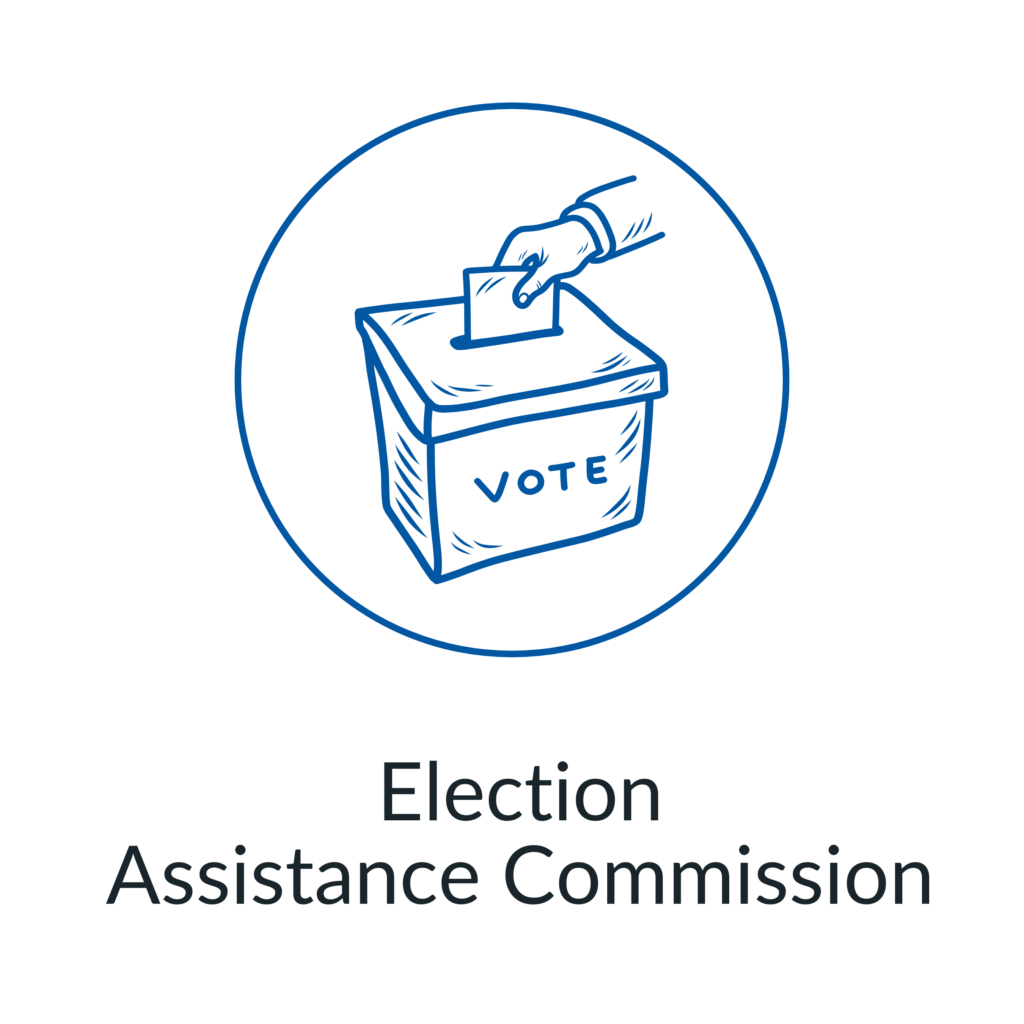











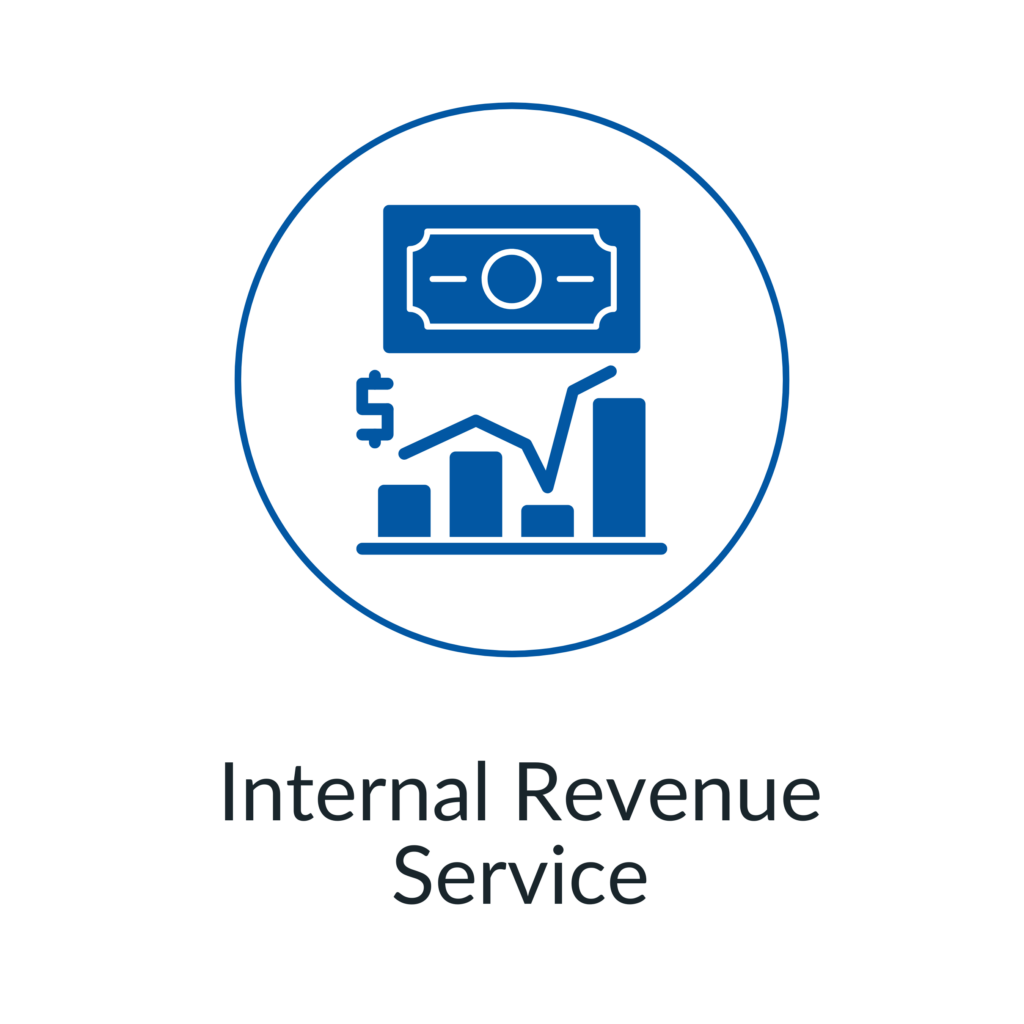
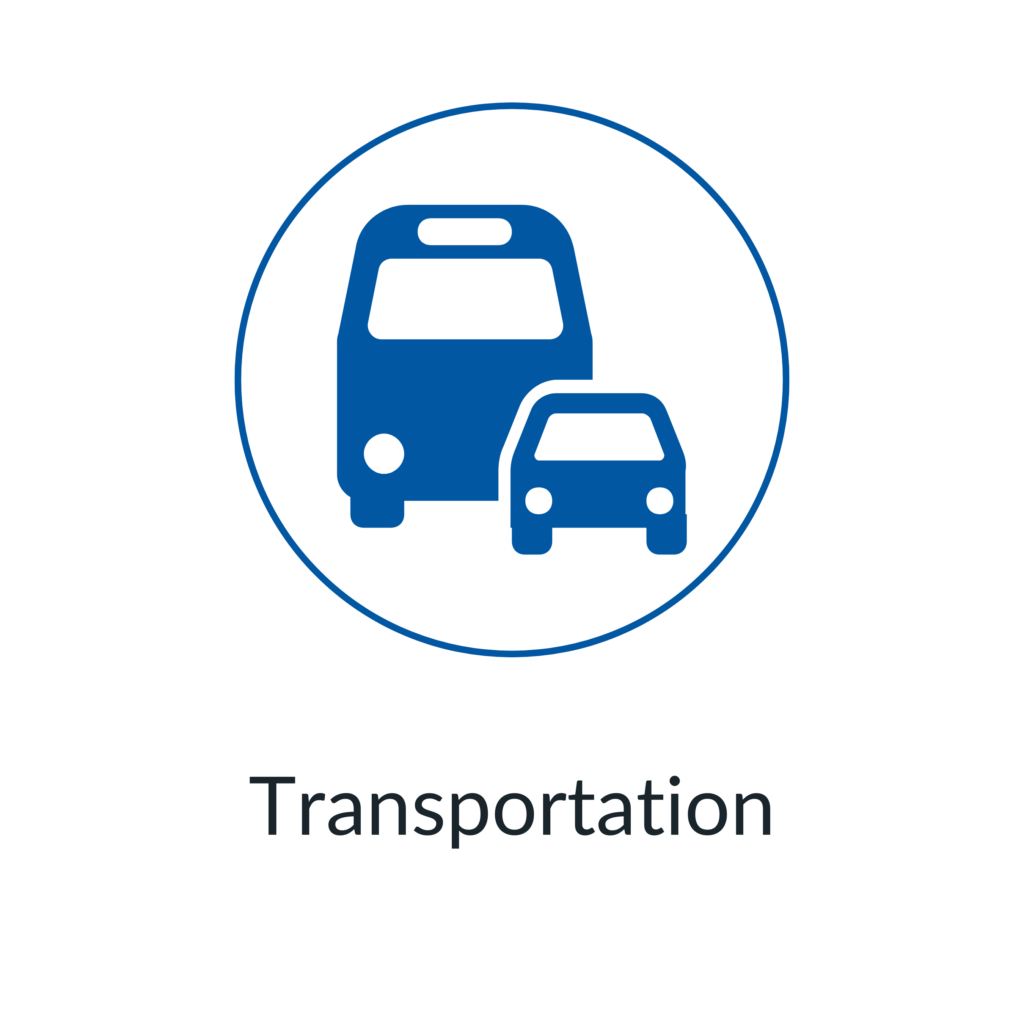
| Category | Amount |
|---|---|
| Health and Human Services | $6,879,488 |
| Agriculture | $1,401,604 |
| Education | $973,632 |
| Transportation | $847,728 |
| Environmental Protection Agency | $114,770 |
| Department of Housing and Urban Development | $106,446 |
| Interior | $76,297 |
| Labor | $64,044 |
| Tennessee Valley Authority | $44,544 |
| Justice | $16,301 |
| Homeland Security | $10,503 |
| Commerce | $4,389 |
| Energy | $3,148 |
| National Endowment for the Arts and Humanities | $2,070 |
| Election Assistance Commission | $1,000 |
| Appalachian Regional Commission | $436 |
| Department of Treasury | $0 |
| Internal Revenue Service | $0 |
Source: Federal Funds Information for States (FFIS).
By and large, the largest spending category was Health and Human Services. The U.S. Department of Health and Human Services (HHS) administers a variety of grants aimed at enhancing the health and well-being of Americans. These grants support a wide range of programs and initiatives, from Medicaid to grants that support the economic and social well-being of children and families, such as Head Start and the Children’s Health Insurance Program (CHIP).
| Health and Human Services Grant Name | FY 2024 Amount |
|---|---|
| Medicaid - Vendor Payments | $5,627,313 |
| Head Start | $256,986 |
| Children's Health Insurance Program | $205,692 |
| Medicaid - Administration | $184,668 |
| Child Care & Development Block Grant | $102,912 |
| Consolidated Health Centers | $86,491 |
| Temporary Assistance For Needy Families | $86,481 |
| Vaccines for Children | $70,955 |
| Child Supp. Enforcement Administration | $46,876 |
| Adoption Assistance | $44,496 |
| Low Income Home Energy Assistance | $38,711 |
| Foster Care | $29,979 |
| Child Care Entitle. Mandatory & Matching | $26,266 |
| Substance Abuse Prevention & Treatment Block Grant | $14,263 |
| Social Services Block Grant | $13,992 |
| Community Services Block Grant | $12,076 |
| Maternal & Child Health Block Grant | $9,739 |
| Mental Health Block Grant | $9,222 |
| Family Planning Services | $8,437 |
| State Opioid Response Grants/State Targeted Response | $7,097 |
| Public Health Emergency Preparedness (PHEP) | $6,893 |
| Administration on Aging Congregate Meals | $4,836 |
| Maternal, Infant, and Early Childhood Home Visiting Program | $4,710 |
| Healthy Start | $4,577 |
| Promoting Safe and Stable Families | $4,295 |
| Medicaid Fraud Control Units | $4,222 |
| Section 317 - Immunization Grants | $3,572 |
| Administration on Aging Support Services | $3,465 |
| Administration on Aging Home Delivered Meals | $3,196 |
| Child Welfare Services | $3,170 |
| Refugee Assistance Cash & Medical | $2,326 |
| Preventive Health and Health Services Block Grant | $2,252 |
| National Breast and Cervical Cancer Early Detection Program | $2,200 |
| Hospital Preparedness Program | $2,138 |
| Administration on Aging Family Caregiver | $1,653 |
| Family Violence Prevention and Services | $1,528 |
| Sexually Transmitted Disease Prevention | $1,267 |
| Chafee Foster Care Program for Successful Transition to Adulthood | $1,169 |
| Centers for Independent Living | $1,095 |
| Administration on Aging Nutrition Services Incentive Program | $1,034 |
| CAPTA State Grants | $984 |
| State Councils on Developmental Disabilities | $921 |
| Sexual Risk Avoidance Education (Abstinence Education) | $897 |
| Ryan White - HIV/AIDS Part B | $702 |
| Runaway & Homeless Youth - Basic Center | $582 |
| Personal Responsibility Education Program | $497 |
| Protection and Advocacy for Individuals with Mental Illness | $474 |
| Assistive Technology State Grant Program | $457 |
| Rape Prevention and Education Grants | $444 |
| Developmental Disabilities - Protection & Advocacy | $433 |
| Community-Based Child Abuse Prevention | $432 |
| Chafee Education and Training Vouchers | $395 |
| ACL - Independent Living State Grants | $348 |
| Homeless Mental Health (PATH) | $300 |
| Refugee Assistance Support Services | $282 |
| Vulnerable Elder Rights Protection Activities | $228 |
| State Offices of Rural Health | $223 |
| Administration on Aging Preventive Health Services | $219 |
| Poison Control Center Program | $211 |
| Emergency Medical Services for Children | $191 |
| Children's Justice Act | $182 |
| Voting Access for Individuals with Disabilities - P & A | $141 |
| Access and Visitation Grants | $111 |
| Early Hearing Detection and Intervention Program | $78 |
| Ryan White - HIV/AIDS Part A | $0 |
| Guardianship Assistance | $0 |
| Black Lung Clinics | $0 |
| Child Supp. Enforcement Fed Share Collection | -$1,421 |
| Medicare Part D Clawback | -$71,074 |
Source: Federal Funds Information for States (FFIS).
The second-largest spending category comes from the U.S. Department of Agriculture (USDA), which offers a variety of grants aimed at supporting food assistance, agriculture, rural development, and related sectors. In Mississippi, these funds are primarily allocated to the Supplemental Nutrition Assistance Program (SNAP), the School Lunch and Breakfast Programs, and the Women, Infants, and Children (WIC) supplemental feeding program.
| AGRICULTURE Grant Name | FY 2024 Amount |
|---|---|
| SNAP - Benefits | $859,293 |
| Child Nutrition - School Lunch | $208,975 |
| WIC - Supplemental Feeding Program | $84,677 |
| Child Nutrition - Child and Adult Care Food | $51,074 |
| SNAP State Administration | $38,905 |
| Child Nutrition - Commodities | $22,968 |
| Child Nutrition - Summer Food Service Progran | $7,567 |
| Extension Service Smith Lever | $7,414 |
| Commodity Supplemental Food Program | $7,224 |
| Child Nutrition - State Admin Expenses | $5,252 |
| Coop State Research Hatch Act | $5,179 |
| TEFAP - Emergency Food Asst. Commodities | $4,848 |
| Evans-Allen Research Grants | $3,709 |
| Fresh Fruit and Vegetable Program | $3,607 |
| Extension Service 1890 Colleges | $2,922 |
| Extension Service Expand Food & Nutrition | $1,866 |
| Coop State Research Coop Forestry | $1,228 |
| TEFAP - Emergency Food Asst. Administration | $855 |
| Secure Rural Schools (SRS), Forest Service Payments | $729 |
| Specialty Crop Block Grant | $429 |
| Senior Farmer's Market Nutrition Program | $114 |
| State Mediation Grants | $103 |
| Extension Service Renewable Resources | $102 |
| Coop State Research Animal Health/Disease | $101 |
| WIC Farmers' Market Nutrition Program | $34 |
| Special Milk Program | $6 |
| Nutrition Assistance for Puerto Rico | $0 |
Source: Federal Funds Information for States (FFIS).
The third-largest source of federal revenue came from the U.S. Department of Education (ED). These grants aim to enhance educational opportunities across the nation. They range from individual grants to students for college, such as the Pell Grant, to institutional grants that help level the playing field in school funding, such as Title I grants.
| Department of Education Grant Name | FY 2024 Amount |
|---|---|
| Pell Grants | $397,900 |
| Comp Ed (Title I) - Local Education Agencies | $241,550 |
| Special Education Basic State Grant | $145,236 |
| Voc. Rehab. - Basic State Grant | $50,624 |
| Supporting Effective Instruction | $29,586 |
| Student Support Block Grant | $16,555 |
| Career and Technical Education State Grants | $15,960 |
| 21st Century Community Learning Centers | $15,877 |
| College Work-Study | $12,673 |
| Supplemental Educ. Opportunity Grants | $9,060 |
| Rural and Low-Income Schools Program | $6,853 |
| Adult Education Basic Grant | $6,619 |
| State Assessments | $4,936 |
| Special Education Infants & Toddlers | $4,740 |
| Special Education Preschool Grants | $4,649 |
| Impact Aid - Basic Support Payments | $2,175 |
| Language Acquis. Grants | $2,165 |
| State Library Program | $2,109 |
| Education For Homeless Youth | $1,650 |
| Comp Ed (Title I) - Migrant | $713 |
| Indian Education - Grants to Local Educ. Agencies | $575 |
| Supported Employment State Grants | $300 |
| Services for Older Blind Individuals | $265 |
| Comp Ed (Title 1)-State Agency Neglect & Deline | $201 |
| Protection & Advocacy Individual Rts | $196 |
| Impact Aid - Special Education Payment | $194 |
| English Literacy and Civics Education State Granl | $138 |
| Client Assistance State Grants | $132 |
Source: Federal Funds Information for States (FFIS).
The fourth-largest federal revenue source was the U.S. Department of Transportation (DOT), a federal agency responsible for planning, coordinating, and overseeing the nation’s transportation systems. Key grants are designed to enhance transportation safety, efficiency, and accessibility across the United States.
| Transporation Spending Grant Name Grant Name | FY 2024 Amount |
|---|---|
| FHWA - National Highway Performance Program | $374,182 |
| FHWA - Surface Transportation Block Grant | $182,259 |
| FAA - Airport Improvement Program | $48,628 |
| FHWA - IIJA Bridge Formula Program | $45,000 |
| FHWA - Highway Safety Improvement Program | $38,683 |
| FAA - Airport Infrastructure Grants | $21,021 |
| FTA - Nonurbanized Area Formula | $19,999 |
| FHWA - Promoting Resilient Operations for Transformati | $18,479 |
| FHWA - National Highway Freight Program | $17,451 |
| FHWA - Carbon Reduction | $16,251 |
| FHWA - Congestion Mitigation & Air Quality | $12,718 |
| FTA - Urbanized Area Formula | $12,441 |
| FHWA - IIJA National Electric Vehicle Infrastructure Formula | $10,769 |
| FMCSA - National Motor Carrier Safety Assistance Program | $6,243 |
| FTA - Bus and Bus Facilities Formula Grants | $4,769 |
| NHTSA - State & Community Highway Safety | $4,140 |
| FHWA - Railway Highway Crossings | $3,800 |
| NHTSA - National Priority Safety Program | $3,470 |
| FTA - Enhanced Mobility of Seniors and Individuals with | $3,151 |
| FHWA - Metropolitan Planning | $2,334 |
| FTA - Metropolitan Planning | $637 |
| Appalachian Regional Comm - Highways | $480 |
| FTA - Rural Transit Assistance Program | $338 |
| FTA - Appalachian Development Public Transportation A: | $320 |
| FTA - Statewide Planning | $166 |
| FHWA - Bridge Replacement & Rehabilitation | $0 |
| FHWA - Territorial & Puerto Rico Highway Programs | $0 |
| FTA - State of Good Repair Grants | $0 |
Source: Federal Funds Information for States (FFIS).
Potential federal policy changes and cuts to federal grants pose significant risks to Mississippi’s economy and public services. With a heavy reliance on federal funding, particularly for essential programs like Medicaid, education, and food assistance, Mississippi cannot afford to absorb the impact of reduced federal support. Lawmakers must act decisively to protect the state’s revenue, safeguard critical programs, and ensure that vulnerable populations are not left without necessary resources. By opposing harmful budget cuts, keeping public funds public, rejecting income tax elimination, and securing federal funding where available, Mississippi can better navigate these uncertain times and maintain the well-being of its residents.
It is our collective responsibility to ensure that Mississippi’s future remains strong, prioritizing the needs of vulnerable populations and our communities, and protecting vital resources for generations to come.
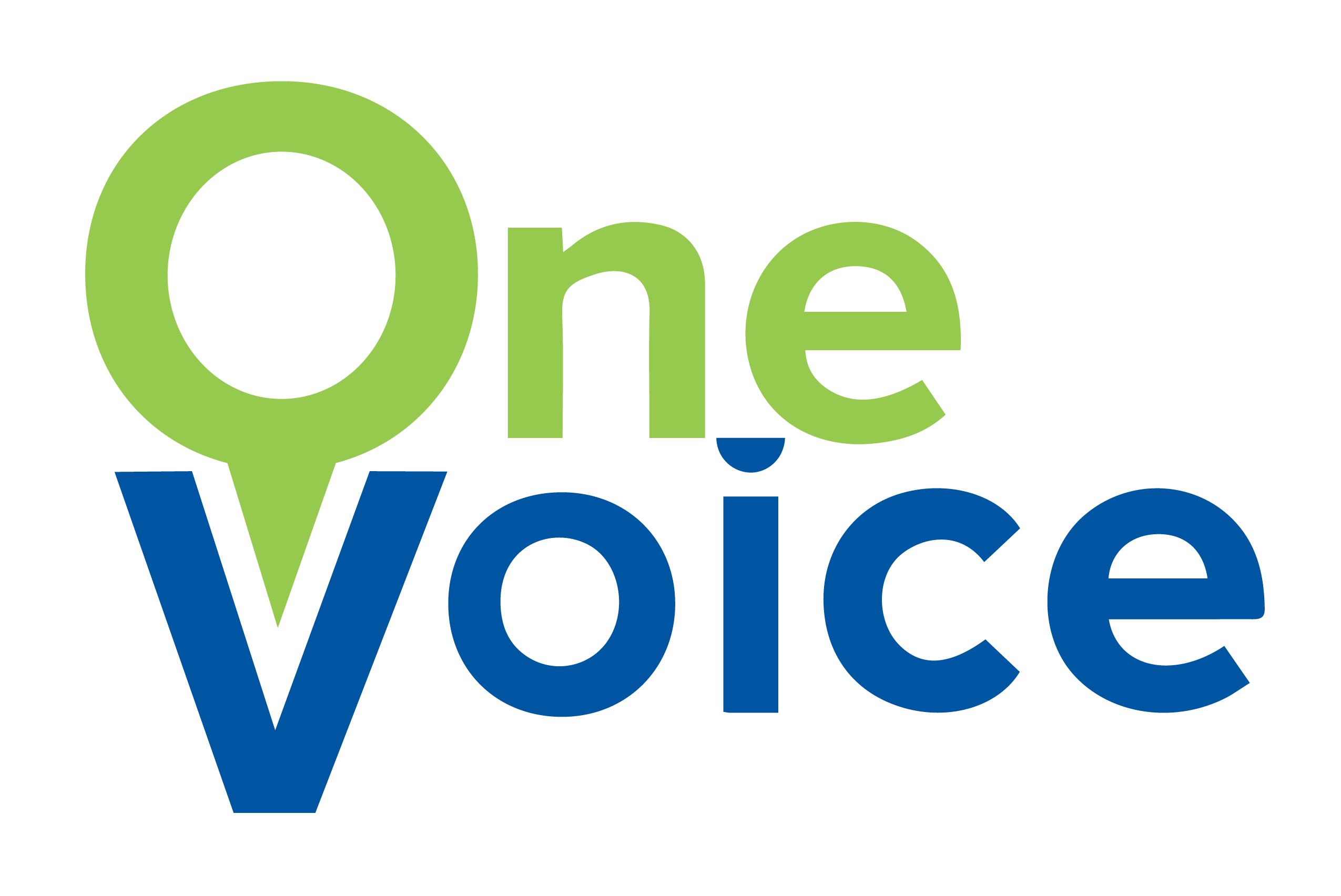
Our mission is to ensure an equal voice for traditionally silenced communities. When One Voice’s work is done, we envision a Mississippi with a healthy vibrant thriving neighborhoods, schools, economy, and most importantly families.
123 Main Street
New York, NY 10001
One Vision. One Village. One Voice